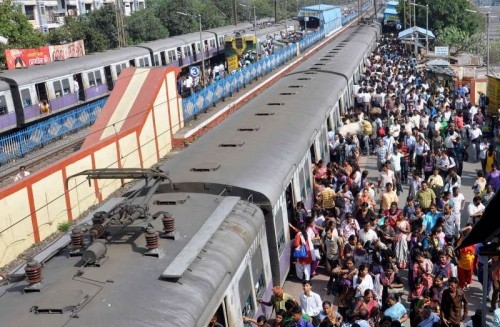
Researchers at Warwick University have come up with a new method to estimate the size of a large crowd based on geographical data from mobile phones and the social-networking app Twitter.
The researchers studied geo-tagged tweets and mobile phone use over a two-month period in Milan, Italy.
In two locations with known visitor numbers — a football stadium and an airport — these activities rose and fell in close step with the flow of people.
The team said it could enable measurement of events such as protests, bbc.com reported.
“These are the numbers, the calibration examples, that we can draw on. But it’s a very, very good base to build on, to provide initial estimates,” study co-author Tobias Preis was quoted as saying.
“This is very quick. It does not rely on human judgement, it only relies on having the data related to mobile phones, or Twitter activity,” said Federico Botta, a PhD student who led the analysis.
Within two months of mobile data provided by Telecom Italia, Botta and his colleagues concentrated on Linate Airport and the San Siro football stadium.
They compared the number of people known to be in those two places, based on flight schedules and football ticket sales, with three measures of mobile phone activity: the number of calls and text messages, the amount of internet use, and volume of tweets.
“What we saw was that these activities had a strikingly similar behaviour to the number of people,” Botta said.
This may not seem surprising — but particularly within the football stadium, the team saw such a reliable pattern that they could make predictions.
There were 10 football matches during the analysis period. Based on data from any nine of those games, the researchers could predict how many were at the 10th game based purely on mobile internet data.
“Our mean absolute percentage error is about 13 percent. That means that our estimate and the actual number of people differ in absolute value by roughly 13 percent,” Botta added.
This is pretty good, the team said, compared with traditional techniques that rely on images, grids and human judgement.
However, other researchers said that there were limitations within this type of data — for example, only a subset of the population uses smartphones and Twitter and not all areas are well served by mobile phone towers.
But the study’s authors said the results were “a very good starting point” for making more of these estimates — with greater accuracy — in the future.
The study was published in the journal Royal Society Open Science.